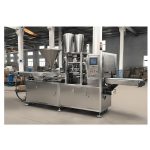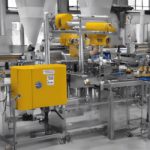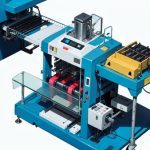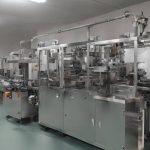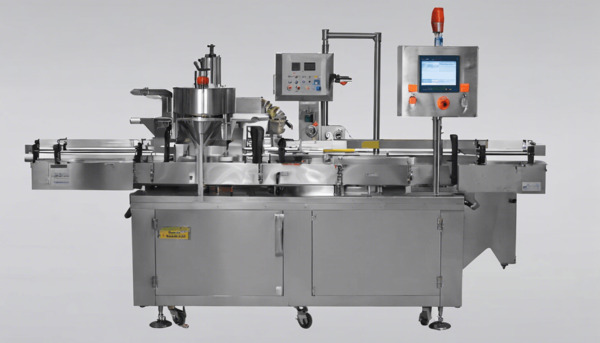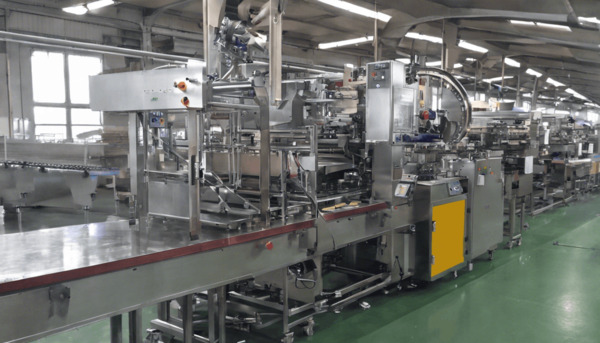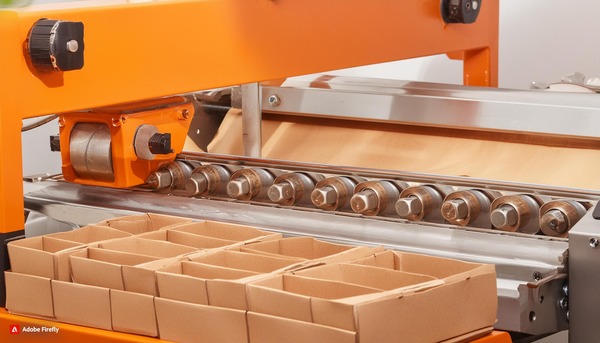
Understanding Laminating in Packaging
Laminating in packaging is a critical process that enhances the durability, appearance, and functionality of packaging materials. It involves bonding two or more layers of materials together to create a composite material with improved properties. This process is widely used across various industries, including food and beverage, pharmaceuticals, electronics, and consumer goods, to name a few. The primary goal of laminating is to provide protection, improve aesthetics, and add specific functionalities to the packaging.
Types of Laminating Processes
There are several types of laminating processes used in packaging, each with its unique advantages and applications. The most common laminating techniques include:
1. **Solvent-Based Lamination**
Solvent-based lamination involves using adhesives dissolved in a solvent to bond layers together. This method is known for its strong adhesion and is often used for packaging that requires high durability and resistance to moisture and chemicals. However, the use of solvents raises environmental concerns due to volatile organic compound (VOC) emissions.
2. **Solventless Lamination**
Solventless lamination uses adhesives that do not require solvents, making it a more environmentally friendly option. This process is suitable for a wide range of applications and offers benefits such as reduced energy consumption and faster processing times. However, it may not provide the same level of adhesion as solvent-based methods in certain applications.
3. **Water-Based Lamination**
Water-based lamination uses adhesives that are dispersed in water. This method is eco-friendly and safe for food packaging applications. It offers good adhesion and is suitable for a variety of substrates. However, it may not be as effective in high-moisture environments compared to solvent-based laminates.
4. **Thermal Lamination**
Thermal lamination involves using heat and pressure to bond layers together. This process is commonly used for laminating films to paper or cardboard substrates. It provides a glossy or matte finish and enhances the visual appeal of the packaging. Thermal lamination is often used for book covers, brochures, and other printed materials.
5. **Extrusion Lamination**
Extrusion lamination involves extruding a molten polymer onto a substrate to create a laminated structure. This method is widely used for flexible packaging applications, such as snack bags and pouches. It offers excellent barrier properties and can be used with a variety of materials, including paper, foil, and plastic films.
Materials Used in Laminating
The choice of materials in laminating depends on the desired properties of the final product. Common materials used in laminating include:
1. **Films**
Films such as polyethylene (PE), polypropylene (PP), polyester (PET), and nylon are frequently used in laminating. These films provide flexibility, transparency, and barrier properties, making them ideal for various packaging applications.
2. **Foils**
Aluminum foil is commonly used in laminating to provide excellent barrier properties against moisture, light, and oxygen. It is often used in food packaging to extend shelf life and maintain product freshness.
3. **Paper and Cardboard**
Paper and cardboard are used in laminating to provide structural support and printability. They are often combined with films or foils to create packaging that is both functional and visually appealing.
Benefits of Laminating in Packaging
Laminating offers numerous benefits that enhance the performance and appeal of packaging materials. Some of the key advantages include:
1. **Enhanced Protection**
Laminating provides a protective barrier that shields products from environmental factors such as moisture, oxygen, and light. This protection helps extend the shelf life of perishable goods and maintains the quality of the product.
2. **Improved Aesthetics**
Laminating can enhance the visual appeal of packaging by providing a glossy or matte finish. It also allows for high-quality printing and vibrant colors, making products more attractive to consumers.
3. **Increased Durability**
Laminated packaging is more resistant to tearing, puncturing, and other forms of damage. This increased durability ensures that products are well-protected during transportation and handling.
4. **Versatility**
Laminating allows for the combination of different materials to achieve specific properties, such as barrier protection, flexibility, and printability. This versatility makes it suitable for a wide range of applications and industries.
Challenges and Considerations
While laminating offers numerous benefits, there are also challenges and considerations to keep in mind:
1. **Environmental Impact**
The use of certain adhesives and materials in laminating can have environmental implications, particularly in terms of recyclability and VOC emissions. Manufacturers are increasingly exploring eco-friendly alternatives to address these concerns.
2. **Cost**
Laminating can add to the cost of packaging, especially when using high-performance materials or complex processes. It is important for manufacturers to balance cost with the desired benefits and performance of the packaging.
3. **Compatibility**
Ensuring compatibility between different materials and adhesives is crucial for achieving optimal adhesion and performance. Manufacturers must carefully select materials that work well together and meet the specific requirements of the application.
Conclusion
Laminating in packaging is a versatile and valuable process that enhances the functionality and appeal of packaging materials. By understanding the different laminating techniques, materials, and benefits, manufacturers can create packaging solutions that meet the needs of consumers and the demands of the market. While challenges such as environmental impact and cost must be considered, ongoing advancements in laminating technology continue to offer innovative and sustainable solutions for the packaging industry.
